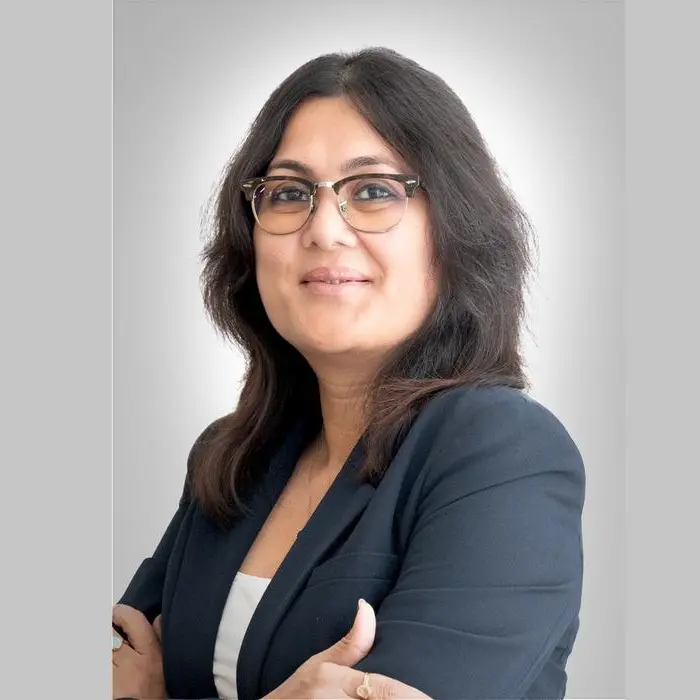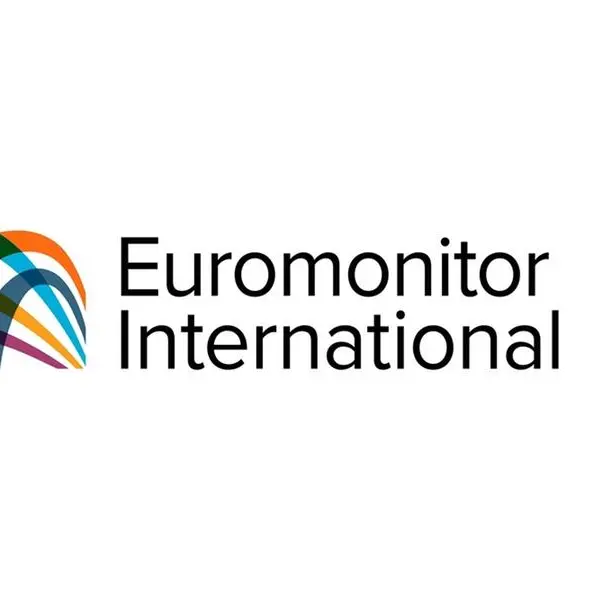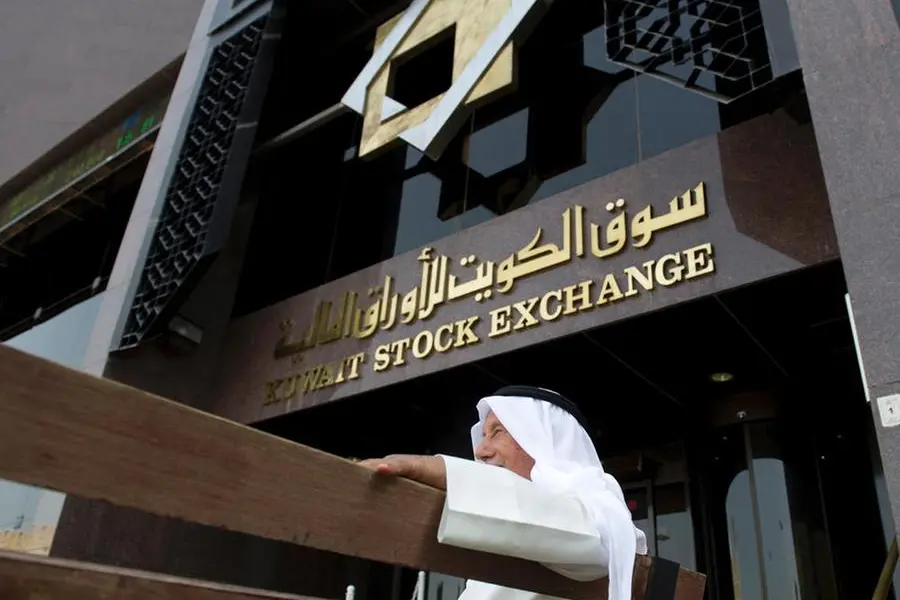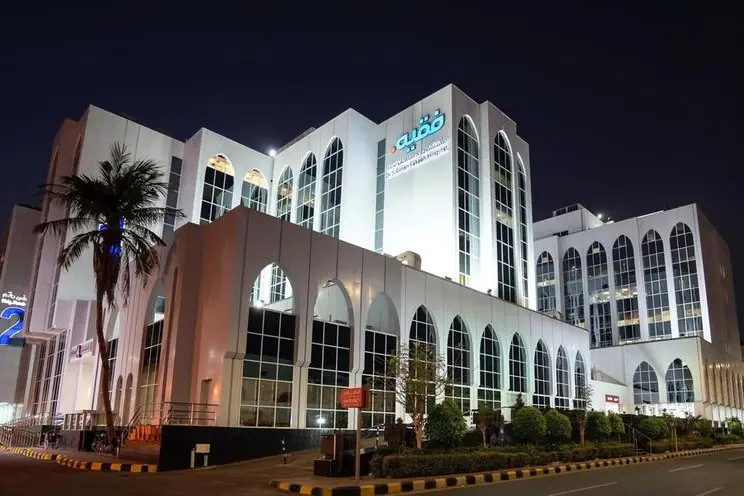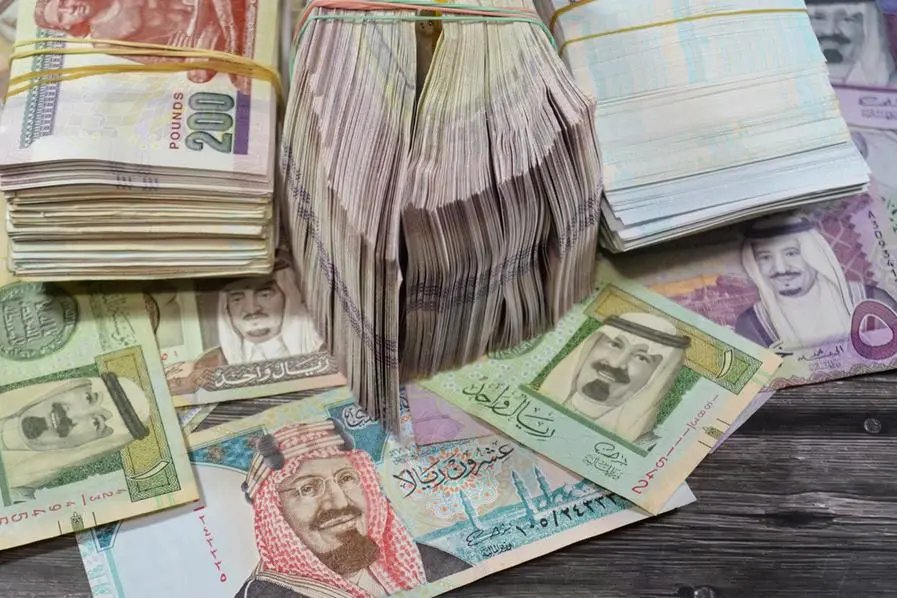PHOTO
Fitch Ratings-Toronto/Jakarta/Dubai: Debt capital market (DCM) issuances by Omani entities are likely to continue but at a slow pace in 2025-2026, in line with the sovereign’s aim to reduce its debt to about 30% of GDP, Fitch Ratings says.
The DCM fell 2.1% yoy to USD45 billion outstanding as of end-1Q25 (all currencies), mostly US dollar-denominated (68%). Oman is not shielded from global macroeconomic and financial market uncertainty, and primary market dollar issuance since 2 April has been quiet. However, we still expect some issuance in the pipeline, with domestic, regional and Islamic investor liquidity still intact.
In 2024, sukuk dominated the funding mix at 63.4% of the DCM issuance, with the rest in conventional bonds (excluding treasury bills), while in 1Q25 no sukuk were issued and only one conventional bond was issued. US tariff-related volatility and faster-than-anticipated OPEC+ production cuts have put pressure on oil prices (2025F and 2026F: USD65/barrel (bbl)). However, Oman has some resilience to oil price shocks with a fiscal break-even price of USD67/bbl.
We project government debt/GDP at 36.1% at end-2026 (2024: 35.1%; 2020: 67.9%). In 2024, the sovereign continued to deleverage and pre-pay portions of its debt (USD2.8 billion; 2.5% of GDP) using budget surpluses. Oman’s corporates, mainly government-related entities (GREs), are likely to continue to issue debt to diversify their funding. Omani banks are mainly deposit funded, while wholesale debt at Fitch-rated Omani banks is limited and mainly represented by interbank borrowings.
Total DCM issuance rose by 61.4% to USD10.3 billion in 2024, while 1Q25 issuance was USD1.5 billion (all currencies; including treasury bills). Sukuk issuance in 2024 expanded by 124.9% yoy to USD2.9 billion, outpacing conventional bonds, which were up 45.4% yoy to USD7.4 billion (all currencies). In 2024, Oman’s GREs issued only sukuk. Sukuk demand is intact, mainly from Oman’s Islamic banks and windows, which have about 19.2% banking system market share as of end-February 2025, along with Islamic bank demand from other GCC countries.
Fitch rated about USD7.2 billion of outstanding Omani sukuk – all at ‘BB+’ in 1Q25, issued by corporates (55.2%) and the sovereign (44.8%). All rated-sukuk issuers have a Positive Outlook, following the revision of the sovereign Outlook in December 2024. No Omani sukuk or conventional bonds defaulted in 2024-1Q25.
The government has USD6.3 billion in financing needs for 2025, of which 53.2% will be funded by external borrowing, 30.5% by local borrowing and 16.3% by withdrawal from reserves, according to the Ministry of Finance. In 2025, Oman’s government plans to raise USD1.9 billion from the local market, with 73.3% from government development bonds and 26.7% from sovereign local sukuk.
The Omani DCM is still-developing and is the second smallest among GCC countries. It faces issues such as limited private sector issuance, investor base concentrated with banks, shallow Omani rial market and low secondary market liquidity. The lack of a link with international central securities depositories such as Euroclear or Clearstream partly hinders foreign-investor participation in the rial DCM.
The authorities plan to gradually increase the proportion of domestic debt by enhancing the local market and refinancing some of the upcoming external debt maturities in local currency. This strategy includes regular issuance in the local market, revising the regulatory framework and increasing participation in international clearing mechanisms to attract global investors to the local market. The central bank is developing new Islamic liquidity management tools, including Islamic treasury bills, which are currently not available in sharia-compliant format.
Over the medium-to-long term, we expect the DCM to deepen on the back of issuers’ funding diversification efforts and the government’s regulatory initiatives.
-Ends-
Matt Pearson
Associate Director, Corporate Communications
Fitch Group, 30 North Colonnade, London, E14 5GN
E: matthew.pearson@thefitchgroup.com




